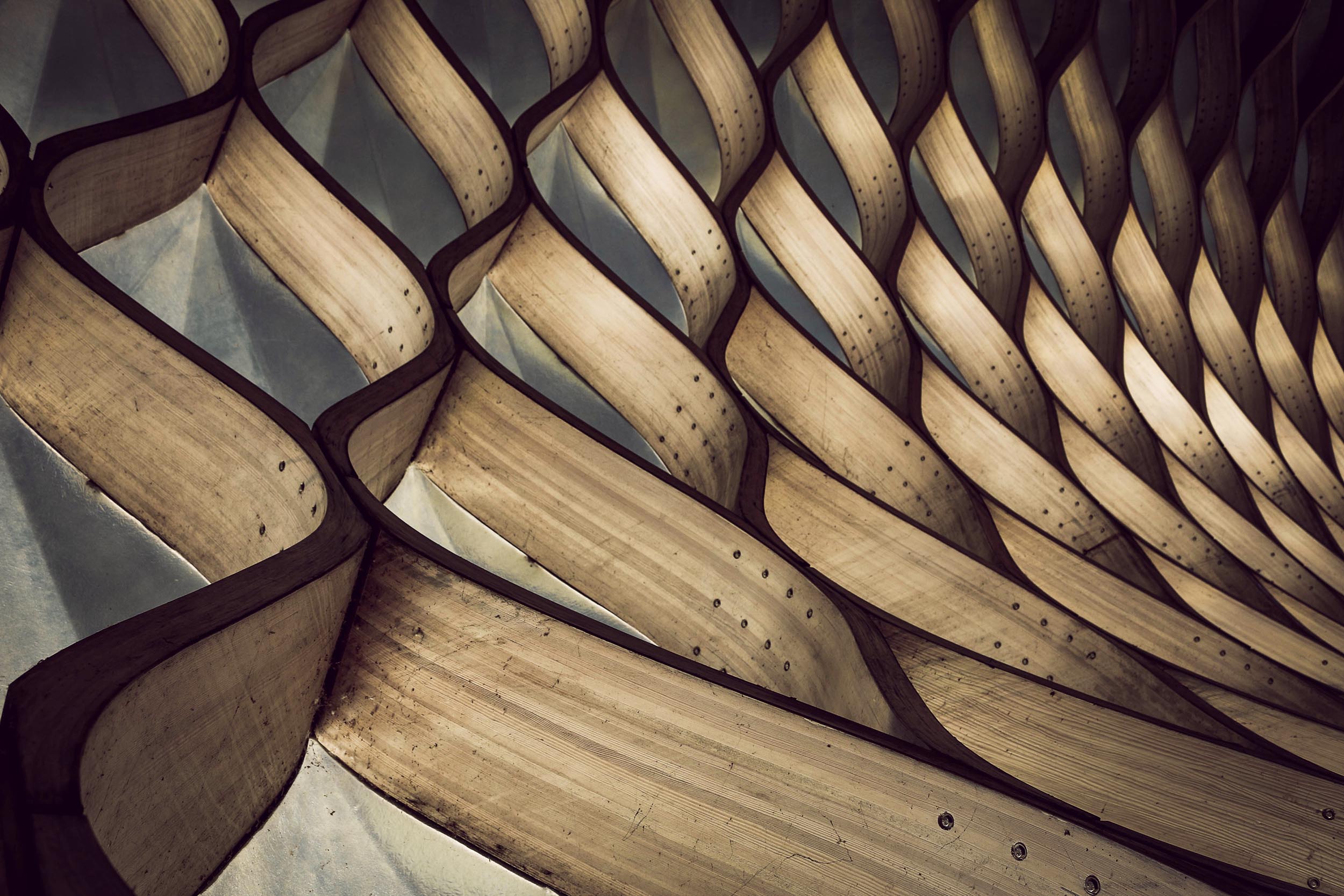Why sustainable design is the only way forward
Written by Sara Benaissa of Fraiche Ink
We’re all aware of the devastating impact that we are having on our beloved planet. Greenhouse emissions are rising, plastic is polluting our seas and mass consumption is causing unmanageable waste. Experts across the board have warned us that if we don’t act now, we’ll no longer be able to reverse the effects that are already happening to our environment and way of life.
But it’s not all doom and gloom.
Sustainability initiatives in recent years have seen huge technology advancements, gained grass roots support, and are continuing to be heard in mainstream media, adopted in businesses and debated on the global, political stage. People, organisations, businesses, and governments are slowly starting to shift the tide in both the private and business world.
One of the most important places that is fostering this fundamental change is the housing and buildings sector.
How much do buildings impact the environment?
Most people want to help reduce climate change but, apart from separating their egg cartons from their plastic bottles, don’t know how they can help or make a real difference. What few realise is that the buildings in which we live, work, meet and fall in love could actually make a direct and substantial change to our energy and waste consumption.
The United Nations Environment Programme estimates that buildings across the world account for nearly half of the world’s energy use. Buildings are also responsible for 40% of greenhouse gas emissions and use 25% of the earth’s potable water. In developed countries, buildings also contribute to over 20% of all solid waste (which includes food waste and unrecycled materials).
Sustainable architecture and low energy building is gaining popularity not just because it is innovative but because it’s a pragmatic and practical solution to reducing the unnecessary impact that our buildings are having on our planet. There is a positive shift beyond ‘tick box green solutions’ to actual, measured, added value solutions that reduce real energy costs and CO2 emissions.
So what is sustainable design?
The idea of long-term ‘green living’ which is in balance with our eco system and which improves the environment around us is the core driving force of sustainable design. Sustainable design benefits the users of the building by focusing on their well-being and health. Well designed, sustainable buildings have been proven to improve indoor air-quality, temperature regulation and acoustics, which inadvertently create a higher quality of life.
The idea is also that sustainable buildings don’t just benefit the people who use them, but the wider community, the economy and our planet reap the rewards for the foreseeable future too. The tangible aims of sustainable architecture are to create buildings that;
- Reduce the initial environmental cost of a building - by reducing material waste and toxic materials and using sustainable products.
- Reduce long lasting environmental impact - thanks to energy efficient buildings that use much less energy, create less waste and last longer than traditional buildings as well as enhancing the natural environment.
- Maximise quality of life - through ergonomic, durable and health-conscious design and construction.
For new builds, the sky’s the limit. Innovative sustainable buildings and homes are cropping up across the world, urban vertical forests and re-appropriated shipping containers are some of the more experimental solutions, but manufacturers of classic building materials are being increasingly encouraged to prove the responsible sourcing of their products and therefore their real impact on the environment.
Sustainable design doesn’t just apply to new builds. Architectural innovations which reduce environmental impact and cost can be adapted to already established buildings and homes to increase their energy efficiency. It’s now even possible to achieve a Passive House Standard retrofitting an existing buildings. (see previous blog post)
When it comes to sustainable architecture, organisations and individuals are not only thinking outside of the box, they are re-modelling the box to create energy-efficient, long lasting and eco-friendly design.



